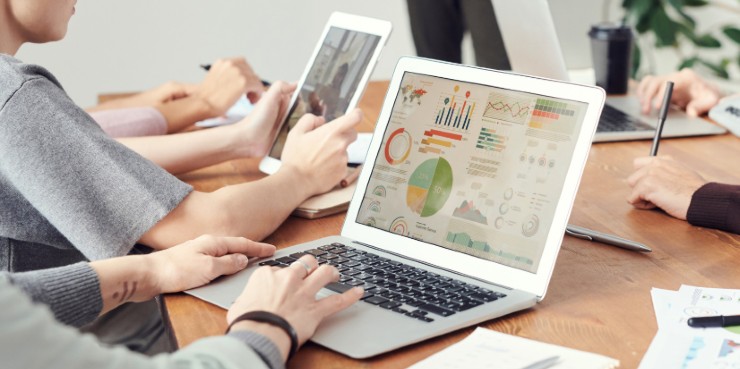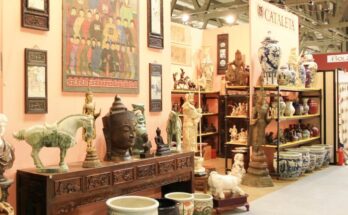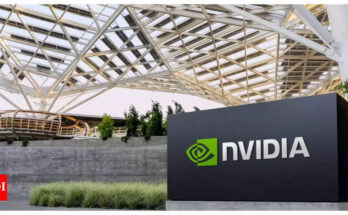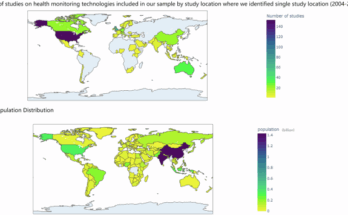At a time when the U.S. spirits industry already faces economic slowdowns at home, the threat of tariffs is further rattling the industry.
With American distillers already having suffered through damaging tariffs during the first Trump presidency, this next round is sending shocks of panic to beverage alcohol companies across the nation.
Cory Knopp, vice president of sales, GoSpotCheck, says tariffs are driving rapid shifts in shelf care, pricing and inventory management for beverage alcohol brands.
“Any effective pricing strategy starts with visibility into what’s happening at the store level so brands can understand trends, elasticity and category performance,” he notes. “The industry is bracing for a period of potential volatility and disruption, and much of it is out of their control.”
If additional costs are passed directly to the consumer, brands can expect the pricing on menus and on shelves to be the first to be impacted, since bar owners and store managers adjust those price points. But how can others in the industry keep up with all these changes?
Knopp, along with other industry experts, suggest utilizing the power of technology and AI.
Technology Acting as a Lifeline
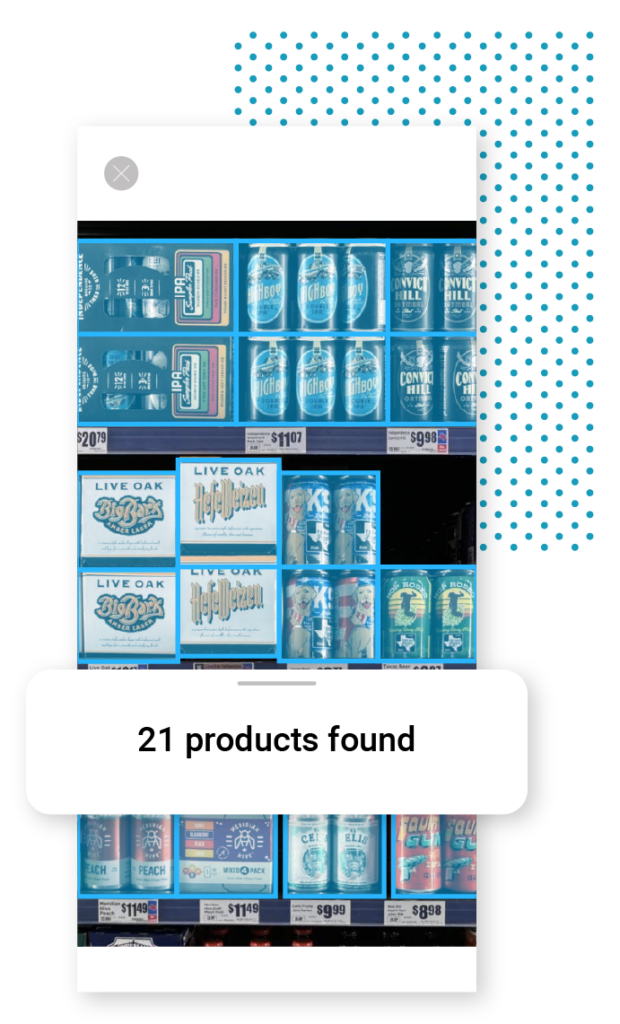
The current volatile trade policy and tariff environment is forcing beverage alcohol companies to rethink not just where they source ingredients or packaging, but how they manage the contracts and relationships that underpin their global supply chains.
“At Agiloft, we see technology — particularly Contract Lifecycle Management (CLM) systems — as a strategic lifeline,” says Agiloft CSO Prashant Dubey. “CLM enables businesses to rapidly identify hardship and force majeure clauses, evaluate dynamic pricing provisions and renegotiate agreements with suppliers in real time.”
When unpredictable tariff changes hit, beverage alcohol companies can’t afford guesswork. With the right CLM platform, they can gain visibility across their supply ecosystems, model cost impacts, and collaborate proactively with partners to find mutually beneficial solutions.
Bobby Burg, SVP & supply chain officer at Southern Glazer’s Wine & Spirits, also reiterates the importance of technology acting as a lifeline for the company.
“Technology and supply chain innovation are at the heart of how we continue to lead in this space,” he says. “From predictive analytics and smart routing to enhanced warehouse automation and inventory management, these tools help us improve precision, agility and efficiency across our network.”
Southern Glazer’s leverages AI to optimize delivery routes, forecast demand and make data-driven decisions that benefit both the company’s suppliers and customers.
The Role of AI in Aiding Tariff Disruptions
Artificial Intelligence (AI) is a great tool for beverage alcohol companies to utilize to be able to keep up with all the tariff changes.
AI-powered image recognition, in particular, is helping field teams scan images from their phones to instantly capture and analyze data in real time. This technology lets suppliers instantly track product availability, spot shelf share changes and adjust product mixes to defend or grow market share. It also helps recalibrate pricing strategies and identify inventory gaps before they escalate.
“Sudden tariff changes can lead to rapid shifts in shelf share by category, supplier and brand, making it critical for field teams to quickly capture and analyze retail execution—especially in independent accounts with limited visibility,” Knopp says.
Since tariffs can also directly affect pricing, suppliers and distributors use AI image recognition to adjust wholesale models so they can stay competitive without sacrificing margin, according to Knopp.
“For on-shelf availability, these disruptions can cause sudden product removals, inventory imbalances and gaps in depletion data—challenges that can have an even greater financial impact than traditional recalls,” he warns.
Data and Analytics
Data and analytics are always powerful tools that can help businesses, especially during uncertain times. According to Emily LaVasseur, co-founder and managing director at Waypost Advisors, the CBP and ACE portal is crucial for providing insights to tariff/duty spend trends.
“Knowing a couple of quick tips can help mitigate the number of duties required to be paid,” she says. “For example, ensure the value of the imported product does not include the value of the freight. If you’re buying Delivered Duty Unpaid from an overseas supplier, whatever commercial value they list on the invoice is what you will pay duties against. If that value includes freight or other charges, you’ll be paying duties on those, as well.”
Additionally, LaVasseur suggests understanding your supply chain flows and operations to help indicate where there may be opportunities to take advantage of other trade programs, such as duty drawback or Foreign Trade Zones (FTZ).
“With the right tools, you can pull in real-time data on tariffs, shipping and inventory to adjust your prices quickly so you’re not losing money or pricing yourself out of the market,” advises Daniel Gorlovetsky, CEO at TLVTech. “Tariffs aren’t going away—but with the right technology in place, you can stay ahead instead of constantly playing defense.”
To help prepare themselves against any tariff price hikes, Republic National Distributing Company (RNDC) leans into real-time data platforms, predictive analytics and supply chain visibility tools.
“These technologies help us model different scenarios, reroute shipments and make smarter inventory decisions on the spot,” says RNDC’s chief digital and information officer Emily Xu.
Supply Chain Visibility
The supply chain is evolving ― and fast. Beverage alcohol companies need to keep up or risk being left behind.
RNDC’s chief supply chain officer, Sean Halligan, believes the key is resilience through visibility. The company’s IT and digital teams partner closely with the supply chain team on integrating tools that give them a clear view from supplier to shelf space.
“We aim to pivot quickly when disruptions hit,” Xu says. “As a distributor, we sit at the center of the beverage alcohol ecosystem. That gives us a unique advantage to help our partners navigate.”
When you’re able to see your supply chain clearly, Xu says you’re better able to spot:
- Inefficiencies
- Reduce unnecessary costs
- Make better decisions on sourcing and logistics
“It’s about creating a connected ecosystem,” she stresses. “The more your systems talk to each other, the more you can adapt in real time — and that’s where the real savings (and resilience) come from.”

Beverage Brands Evolving with Technology
There are many ways that technology is evolving to help support beverage alcohol companies, both with tariff and other economic struggles.
To help save money, Roman Maliszewski, founder and CEO of Tapster Tasting Room, says the bar utilizes a special technology called Pour My Beer, where customers can pour their own drinks and automatically have it added to their tab through a guest Tapcard, which is linked to their credit card upon walking into the bar.
“The Pour My Beer technology saves us at least 20% on every keg compared to having a bartender pouring each drink, so it’s a huge win,” Maliszewski says. “There’s a lot of waste with bartenders pouring out a little beer before each drink and theft in general, and it’s hard to monitor that. So, this technology is very valuable to us.”
AI’s rapid growth is also positive for beverage alcohol companies, especially with the introduction of AI Agents.
“These allow teams to take image recognition one step further beyond data analysis and add a layer of support for specific actions to take next,” GoSpotCheck’s Knopp says.
In early 2025, GoSpotCheck developed a new AI Agent tool, which allows teams to work with the AI while at an account. For example, the AI Agent can determine whether a certain product or brand qualifies for a discount based on the app’s shelf share calculations, which helps teams ensure contract compliance.
“This is a perfect example of how AI is growing within the beverage industry to augment human capabilities and accelerate growth, not replace it,” says Knopp.
“Tariffs are a headache for beverage alcohol companies—they hit margins, mess with supply chains and create a ton of uncertainty. The good news is, tech can help make things a lot more manageable,” TLVTech’s Gorlovetsky says.

